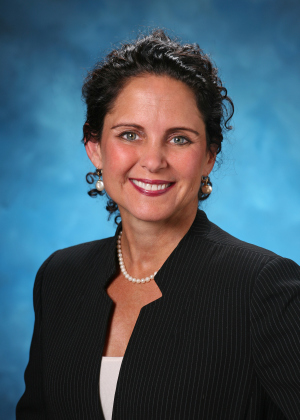The J.J. Pichford Family camping at Cane Slough ca. 1918. (Archives, historian, Sandra Thurlow.)

1909-11 ACOE Drainage map Kissimmee and Caloosahatchee Rivers. (Courtesy historian Sandra Henderson Thurlow and Stephen Dutcher.)

In these parts” it’s very important to know the definition of “cane!”
Yesterday’s blog referred to “Cane Slough”on the historic 1909 map by the Army Corp of Engineers. I made a joke about “cane” not meaning “sugarcane” as one may first think when hearing the word “cane” today. After publishing the post, I learned even more about “cane” from a long time family friend and wanted to share this with you today.
Fred Taylor informed me that “cane” is referring to “maidencane,” and that there are still places where maidencane grows today, it is great for wildlife and also the cows eat it. I think I had thought that MAIDENCANE was a hard-rock band…According to the Florida Wildlife Commission:
Maidencane: This vaulable and common native can form large stands in the water or even on dry banks. It may be confused with torpedo grass, para grass, cupscale grass or blue maidencane. It provides food, protection and nesting materials for wildlife.
Maidencane is a grass. rhizomes extensive; stems to 6 ft. long, narrow, leaning or erect; leaf blades flat or folded, wide, to 1 in. wide, to 12 in. long, tips pointed, usually smooth; sheaths loose, hairless to hairy; inflorescence erect, narrow, spike-like, closed, 4-12 in. long, ascending branches pressed to main axis; spikelets stalked, flowers to 1/8 in. long, green, pressed against branches. ( FWC:https://plants.ifas.ufl.edu/node/306)
Who is the woman with the rifle in the classic historic photo above? She is Mrs J.J. Pichford.
Mrs J. J. Pichford has just shot a wild turkey for dinner. She is camping at “Cane Slough” around 1918. Her young son nearby, they stand in what is a now developed portion of our St Lucie/Martin County region.
On the back of the photo, my mother wrote: Wagon Wheel Hammock–Would travel by wagon through White City to the back country where there were no roads. Young Robert would always fear his family would get lost in the wilderness…
Well that wilderness is gone today, and my husband Ed is lucky if I’ve had time to stop by Publix! Times have changed as has our treasured St Lucie River/Indian River Lagoon Region, but apparently there is still some maidencane left if you know where to look. 🙂



Original blog post mentioning Cane Slough: (https://jacquithurlowlippisch.com/2015/06/03/1909-acoe-drainage-map-st-lucie-riverindian-river-lagoon/)

About Jacqui Thurlow-Lippisch:
Although born at Travis Air Base, California, Jacqui considers herself a native of Stuart, Florida, having moved there at eight months old. Her father’s family, originally from Syracuse, New York, has lived in Stuart since 1952. Her mother is a 5th generation Floridian from Gainesville. Jacqui is a Daughter of the American Revolution.
Jacqui is journalism graduate of the University of Florida, and an education master’s graduate of the University of West Florida. She went on to teach English and German and later after a serious accident of breaking her neck, started selling real estate. Later, she ran for public office having served on the Town of Sewall’s Point Commission since 2008, and is former mayor. During this time she saw the opportunity to help showcase the work of a locally formed river group, the River Kidz, and this has been her passion ever. She incorporates youth/river education into her political work for the St Lucie River/Indian River Lagoon.
Jacqui is the treasurer/secretary of the Treasure Coast Regional Planning Council; has chaired the Florida League of Cities Environmental and Energy Committee; was chair, and a six year member of the Treasure Coast Council of Local Governments; is an alternate for the Water Resources Advisory Commission for the South Florida Water Management District; and is a board member for Harbor Branch Oceanographic Institute Foundation, in St Lucie County. She also serves as a board member (ex-officio) for the Rivers Coalition Defense Fund, and is head administrator for her beloved River Kidz, now a division of the Rivers Coalition.
Jacqui’s reach involves not only local, but state and federal government. In 2013, she served on Senator Joe Negron’s panel for the Select Senate Hearing on the Indian River Lagoon and Lake Okeechobee. In 2014, she actively supported the elections of both Senator Joe Negron and Congressman Patrick Murphy who have both been strong supporters of Indian River Lagoon issues. In 2015, she is part of the Florida League Cities Treasure Coast Advocacy team to influence and educate Tallahassee. Jacqui received the Everglades Coalition’s 2015 “John V. Kabler Award” for “Grassroots Activism” working to organize and educate the public, generating grassroots support for Everglades restoration.
– See more at: (https://evergladescoalition.org/awards-kabler.html#sthash.lt7eGpIp.dpuf)












